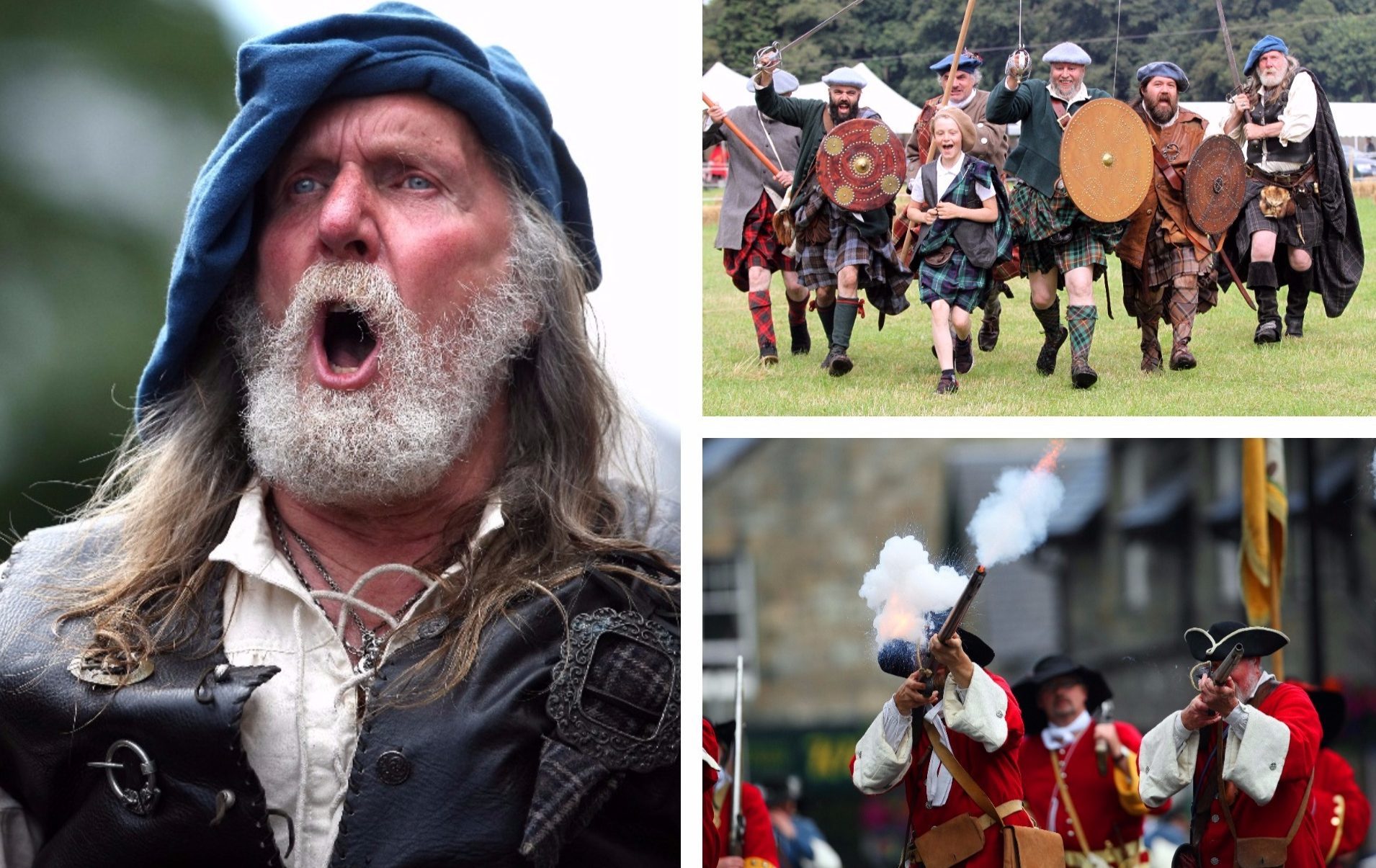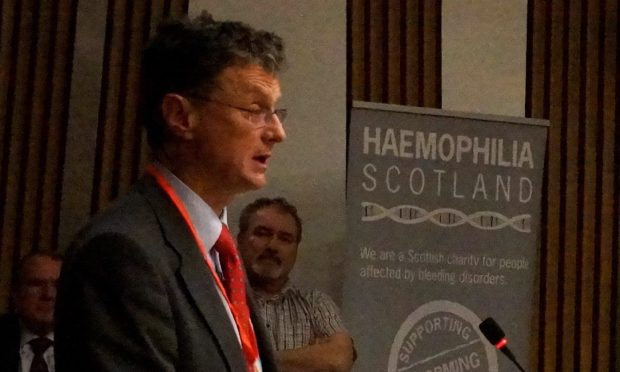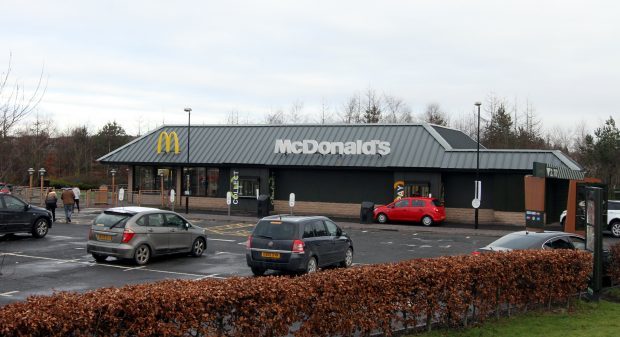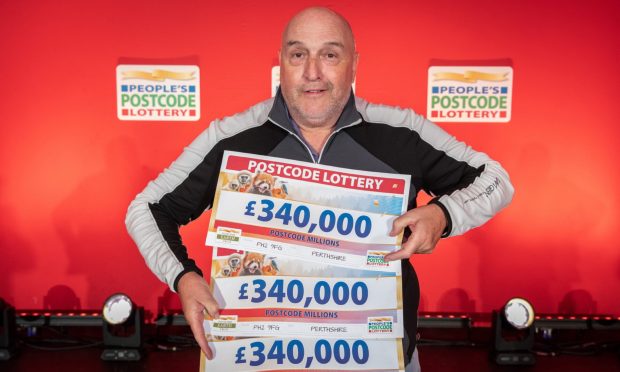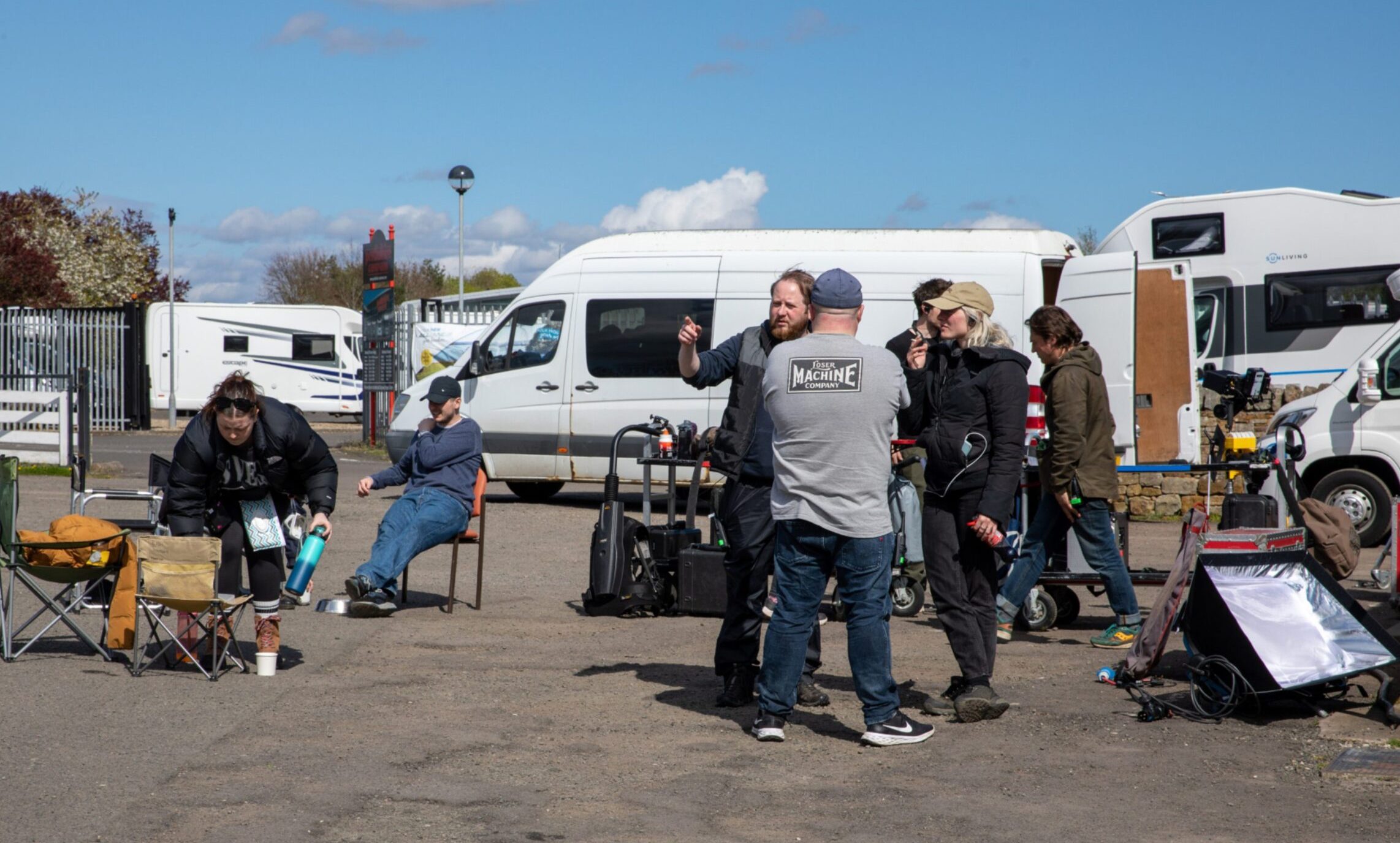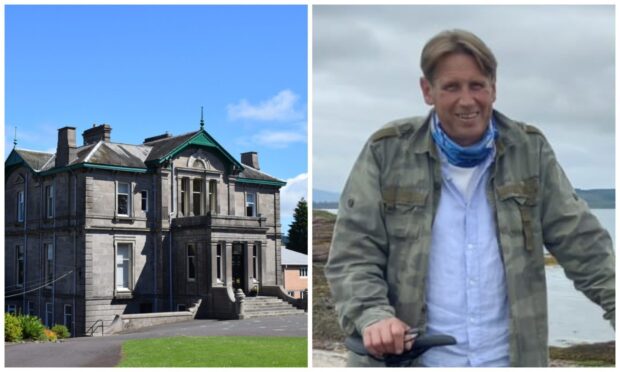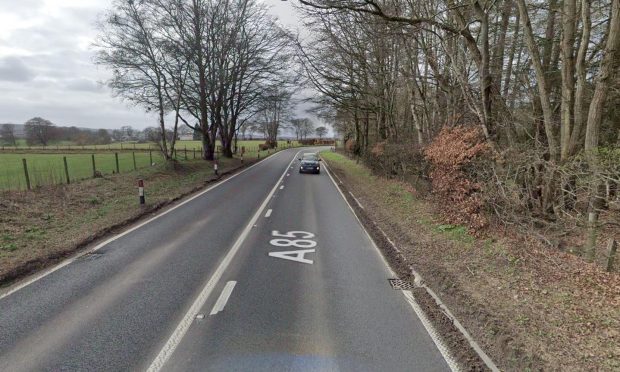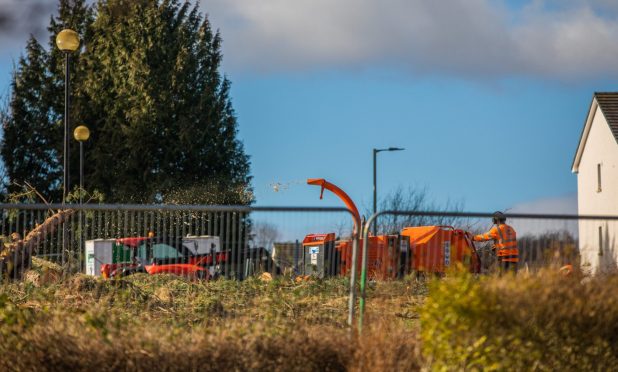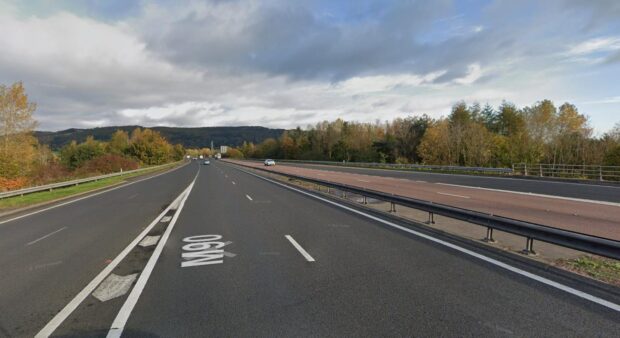A group fighting against plans to dual the A9 over a historic battlefield have called on National Trust for Scotland to join their campaign.
Members of Killiecrankie 1689 have written an open letter to Diarmid Hearns, head of policy at NTS, asking him to speak out against Transport Scotland’s proposal to widen the trunk road across whether the Battle of Killiecrankie took place.
The road from Perth to Inverness already runs through the site but 183 objections have been lodged against the plans, as those opposed say although they agree the route should be dualled, the proposed route will destroy areas of significance to the Jacobite rebellion.
The work forms part of the Scottish Government’s £3 billion project to make the entire A9 dual carriageway by 2025.
The complaints sparked archaeological surveys, which began last week, and a public inquiry is to be held, although a date has not been set yet, and NTS has confirmed it will be involved in the process.
In the letter, Killiecrankie 1689 asks why NTS has not made a statement opposing the proposed route for the dual carriageway. They say the issue is similar to plans to build a hotel within the boundaries of Culloden Battlefield, near Inverness, to which NTS formally objected.
The letter said: “NTS has made public statements twice in the past three weeks concerning the planning and protection of historic sites in relation to Culloden Moor.
“Although there are complex circumstances particular to Culloden, the statemens made by NTS are also pertinent to the situation in Killiecrankie.
“It is mystifying why the NTS has made no public pronouncements on controversial plans that have generated 183 objections in an area where your presence is dominant. If your silence is due to acceptance of the proposals, surely your 360,000 members and the wider public are owed an explanation about the discrepancy in your views of two of the country’s most important Jacobite battle sites?”
NTS owns the visitor centre in Killiecrankie, including some small sections of the battlefield, but does not own any land affected by the proposed dual carriageway.
Mr Hearns responded to the letter by confirming NTS will be contributing to the local inquiry when it happens.
He said: “Having now received the campaigners’ open letter, we want to reassure them that we take our responsibilities very seriously.
“Our policy, national estates, archaeology and property teams have all been studying the proposals for the A9 closely. The upgrading of this national corridor, while welcome, will affect both amenity and heritage.
“Despite the fact that, unlike Historic Environment Scotland, we are not a statutory consultee in the process, we have had ongoing engagement with Transport Scotland and the contractors over the very same issues raised by the campaigners.
“The Trust is not afraid to raise its voice when it needs to, as we have done at Culloden. At this stage we are hopeful that the evidence and suggestions we are making may result in a breakthrough over this particular section of the A9 project.
“Now that a public inquiry has been announced, we will be contributing fully to this and expect that a solution can be found that minimises adverse impacts.
“In particular, we believe that further survey work is needed to better understand potential impacts, that a precautionary approach must be taken where the footprint of both temporary construction and final infrastructure is minimised and as far as possible activities are kept off-site and that, where possible, the opportunity is taken to enhance the overall quality of the battlefield, including access and viewpoints.”
